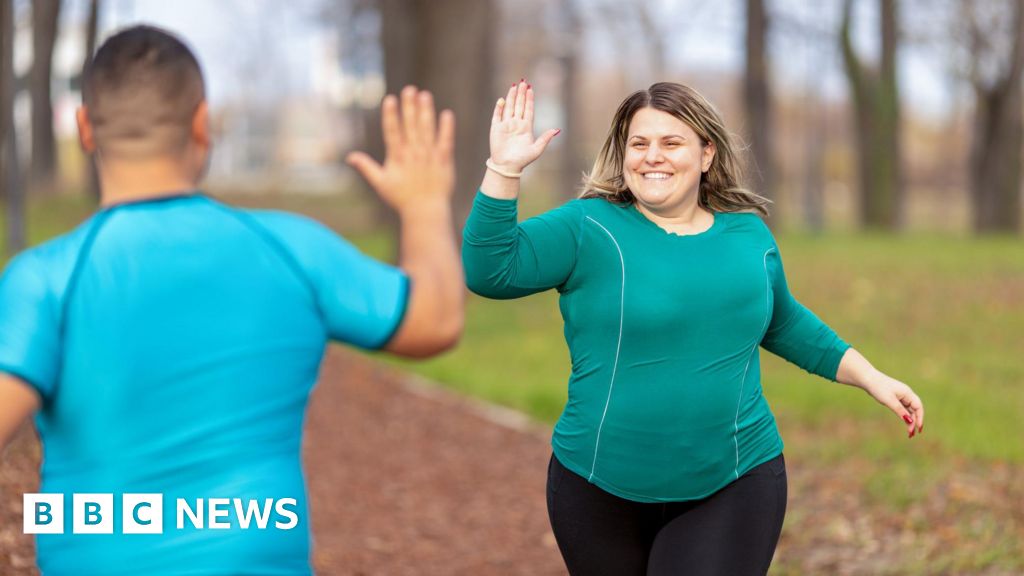No matter how hard you try, some clothes inevitably shrink in the wash.
And it can be devastating to see your favourite shirt or dress shrivel before your eyes.
While many might simply just throw them away at this point, experts have now revealed there might be a way of saving them.
And all your need is a common bathroom product.
Dr Nisa Salim, from the Swinburne University of Technology in Australia, said understanding more about the science of textile fibres can not only help you prevent the shrinkage of clothing, but might also help you 'rescue' the occasional garment after a laundry accident.
'If a favourite garment has shrunk in the wash, you can try to rescue it with this simple method,' she wrote on The Conversation.
'This process can't completely reverse extreme shrinkage but it can help recover some of the lost size, making the clothes wearable again.'
So, here's what to do next time your best jumper emerges from the wash 10 sizes smaller.
It can be devastating to see your favourite shirt, dress or jeans shrivel before your eyes (stock image)
Dr Salim suggests soaking the shrunken item in lukewarm water mixed with hair conditioner or baby shampoo, at a measurement of around one tablespoon per litre.
Then, you can carefully stretch the fabric back into shape and dry it flat under gentle tension – for example, by hanging it on a drying rack.
This solution all comes down to the fibres that clothes are made of, she explained.
Common textile fibres, such as cotton and linen, are made from plants and are irregular and crinkled in their natural form.
During textile manufacturing, these fibres are mechanically pulled, stretched and twisted to make them straighten and align, creating long, smooth threads.
However, when these fibres are exposed to heat, moisture or mechanical action – for example, when in a washing machine – they have a tendency to relax and return to their natural state.
'This fibre memory is why some fabrics wrinkle so easily and why some of them may even shrink after washing,' Dr Salim said.
Her unshrinking method works because hair conditioners and baby shampoos contain chemicals called cationic surfactants.
Dr Salim suggests soaking the shrunken item in lukewarm water mixed with hair conditioner or baby shampoo (stock image)
'These will temporarily lubricate the fibres, making them more flexible and allowing you to gently pull everything back into place,' she said.
To minimise shrinkage, people could try using cold water, the lowest spin speed or the gentlest cycle available, she explained.
And when in doubt, choose a 'delicate' setting.
Textile scientists are now working on fabrics that resist shrinkage.
Promising innovations include blended yarns that combine natural and synthetic fibres.
How do you get rid of stains?
Even if you have the dining etiquette of a duchess, your clothes will at some point fall victim to a splash of sauce or a dribble of gravy. But most stains do disappear. The clue is to work out what kind of stain you’ve got . . .
Alicia suggests blotting pigment-based stains such as wine and coffee with kitchen paper before pre-soaking and washing (file image)
Pigment-based stains
Coloured products and food e.g. wine, coffee, tea, fruit juice, perfume, grass, ink
Treatment: Blot stain with kitchen paper, flush with cold water and blot again. Pre-soak using a biological pre-wash powder or apply a gel. Leave for five to ten minutes then wash.
Remember: For tannin-based stains, never use salt or soap. Both will set it permanently.
Protein-based stains
Most food stains eg. egg. Sweat, blood.
Treatment: Lift excess solids with a blunt knife. Blot with paper towel. Soak in cold water and add a biological pre-soaking agent. Machine wash at 40c with biological detergent.
Remember: Never use hot water; the protein can set into the fibres of the textiles.
Grease-based stains
Butter, oil, mayonnaise, sun tan lotion
Treatment: Scrape off solid parts. Soak up excess moisture with kitchen paper. Sprinkle with baking powder or baby powder to absorb the oil. Shake off and apply liquid detergent, then leave for a few minutes. Machine wash.
Remember: Lipstick contains grease and pigment. Treat the grease element first, then follow with a treatment for pigment-based stains if needed.
 (1).png)
 3 days ago
5
3 days ago
5

















